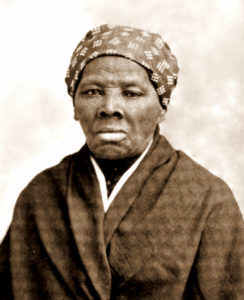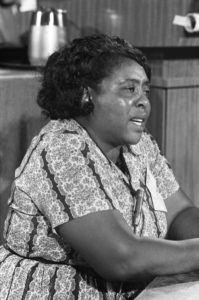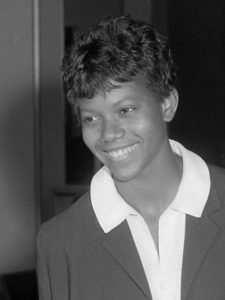
“Election Night at Rockefeller Plaza” Photo by: Marco Verch, in the Public Domain, via Wikimedia Commons
Voting. It’s the right of every American citizen. Voting: It’s your right. Participating in U.S. democracy is also a unique chance to self-advocate and express one’s independence. Both of these are core values at Advancing Opportunities as well; they are at the heart of our mission and credo. All too often, however, people with disabilities find themselves excluded from this critically important process. Fortunately, here in New Jersey, information and resources on voting are available to every individual with a disability.

This brochure has information to help New Jersey voters. It was developed by the Rutgers Robert Wood Johnson Medical School – Boggs Center, in collaboration with Disability Rights New Jersey and the New Jersey Council on Developmental Disabilities.
Although the November general elections receive the greatest press (and social media) coverage, it is the primary election when the two major parties, the Democrats and Republicans nominate their candidates for the general election in November. These individuals represent a wide variety of views on important issues not only at the national level, but also (and sometimes more important) the state, county, and municipal levels. Information on the positions of the gubernatorial (in New Jersey) and other candidates are available on this special page.
 Disability Rights New Jersey is New Jersey’s designated protection and advocacy system for people with disabilities pursuant to federal statutes intended to protect the legal, civil, and human rights of people with disabilities. The organization reminds us that people with a disability have the right to vote independently and in private. In addition, both the polling place and the machines must, by federal and state law, be fully accessible. Poll workers have been trained to offer voters with disabilities the assistance they need, but they cannot enter the voting booth or recommend a candidate. Voters with a disability may also bring a friend, family member, or agency worker to help out.
Disability Rights New Jersey is New Jersey’s designated protection and advocacy system for people with disabilities pursuant to federal statutes intended to protect the legal, civil, and human rights of people with disabilities. The organization reminds us that people with a disability have the right to vote independently and in private. In addition, both the polling place and the machines must, by federal and state law, be fully accessible. Poll workers have been trained to offer voters with disabilities the assistance they need, but they cannot enter the voting booth or recommend a candidate. Voters with a disability may also bring a friend, family member, or agency worker to help out.
Although all voters should receive a paper sample ballot, one can also look up this information online at Ballotpedia. The Alliance Center for Independence in New Jersey has many other excellent resources on its page should these be needed. General New Jersey voting information is available on the NJ Department of State website.
On Primary Election Day, June 6, 2017, Disability Rights New Jersey will have attorneys available by telephone to answer your questions concerning any disability-related voting problem you might experience. Call 800-922-7233 or e-mail Mciccone@drnj.org between 7:00 a.m. and 8:00 p.m. Disability Rights New Jersey is New Jersey’s designated protection and advocacy system for people with disabilities pursuant to federal statutes intended to protect the legal, civil, and human rights of people with disabilities.

Oh, yes, the November general election. The American Association of People with Disabilities (AAPD), “a convener, connector, and catalyst for change, increasing the political and economic power of people with disabilities,” has set up July 17 through 21 as National Disability Voter Registration Week, the focus of its Rev Up! campaign. More information on that and Crip the Vote will be featured in a future article in this space.






 Disability Rights New Jersey is New Jersey’s designated protection and advocacy system for people with disabilities pursuant to federal statutes intended to protect the legal, civil, and human rights of people with disabilities. The organization reminds us that
Disability Rights New Jersey is New Jersey’s designated protection and advocacy system for people with disabilities pursuant to federal statutes intended to protect the legal, civil, and human rights of people with disabilities. The organization reminds us that










